Affordable Tanzania Tours
$1,350/
Per PersonEmbark on an unforgettable 3-day Tanzania safari, perfect for those eager to experience Africa’s extraordinary wildlife in a compact adventure. This carefully designed itinerary takes you to two of Tanzania’s most iconic destinations: the expansive Serengeti National Park and the breathtaking Ngorongoro Crater.
In the Serengeti, witness the awe-inspiring Great Migration, where thousands of wildebeest and zebras traverse the plains in search of greener pastures, creating one of nature’s most spectacular wildlife events. Experience thrilling game drives, where you can encounter the majestic Big Five amidst stunning landscapes.
Then, explore the UNESCO World Heritage Site of Ngorongoro Crater, a vast caldera teeming with wildlife. Here, you’ll have the opportunity to see a diverse range of animals in a unique ecosystem, all set against dramatic views of the crater’s towering walls.
You’ll enjoy comfortable lodges or tented camps that provide a cozy retreat after exhilarating days of exploration. Whether you’re a solo traveler, a couple, or a family, this affordable safari ensures a rich and immersive wildlife experience.
Ideal for those with limited time, this 3-day tour is your gateway to Africa’s untamed beauty. Don’t let this amazing opportunity pass you by—book now to make your dream safari a reality!
Included and Excluded
- Transportation in 4x4 safari vehicle
- Accommodation In The Lodge Or Camp On Twin Sharing Basis.
- All Park Entrance Fees
- Full Board, Meals Per Day While On Safari
- Game Drives
- Service Of The Expert English Speaking Driver Guide
- Bottle Of Mineral Water While On Safari
- Flights (international and domestic)
- Meals not indicated in the itinerary
- Alcoholic and soft drinks
- Optional activities
- Tips
- Personal expenses, visa fees, travel insurance
Highlights
- Experience the Great Migration in Serengeti.
- See the Big Five on thrilling drives.
- Explore the UNESCO-listed Ngorongoro Crater.
- Capture breathtaking views from crater rim.
- Enjoy comfortable lodges after adventurous days.
- Benefit from knowledgeable local safari guides.
- Immerse in Maasai culture and traditions.
Itinerary
Your safari adventure will begin at 8:00 AM with a pick-up from your hotel in Arusha. Once everyone is on board, you'll head towards Serengeti National Park. The 254 km journey will take approximately 4-5 hours. Serengeti, which means "endless plains" in the local African language, offers a breathtaking view of grasslands stretching to the horizon, merging with the sky. Covering an area of 14,763 square kilometers, it redefines our concept of distance. The Serengeti is home to the magnificent “Big 5” (elephant, rhino, buffalo, lion, and leopard). Additionally, you may spot the elegant impala, one of Africa’s most beautiful animals. The Serengeti ecosystem supports the largest remaining concentration of plains game in Africa, making it a renowned safari destination for its abundant lion and leopard populations. The central part of the Serengeti, known as the Seronera area, is one of the park's richest wildlife habitats. The Seronera River, providing a vital water source, attracts a diverse range of wildlife. In Seronera, be on the lookout for numerous lion prides and the iconic Serengeti "Kopjes"—massive granite boulders that offer shelter to a variety of flora and fauna. A picnic lunch will be enjoyed during the day-long game drive. The eventful day will conclude with a hearty dinner and a restful night at your accommodation.
- Scenic Drive: 4 to 5-hour drive from Arusha to Serengeti.
- Lunchbox Picnic: Enjoy a picnic upon arrival.
- First Game Drive: Spot lions, elephants, and cheetahs.
- Luxury Accommodation: Relax in a luxurious lodge.
After breakfast, embark on a morning game drive in Serengeti National Park. Later, depart for the Ngorongoro Conservation Area with a picnic lunch. Ngorongoro Crater, the largest collapsed volcanic crater in the world, spans fourteen kilometers of isolated natural beauty. Surrounded by extinct volcanoes, the crater floor, dotted with watering holes, is home to around 30,000 animals. The day will end with a hearty dinner and a comfortable night's rest at your accommodation.
- Morning Game Drive: See wildlife at its most active.
- Great Migration: Witness over 2 million wildebeest.
- Afternoon Exploration: Drive to Ngorongoro Crater.
- Dinner and Stay: Enjoy dinner and overnight in the park.
On the final day of your safari, you'll start early with a quick breakfast before descending into the Ngorongoro Crater floor around 6:30 AM. The Ngorongoro Crater is the world’s largest inactive, intact, and unfilled volcanic caldera, with a floor area of about 260 square kilometers and a depth of over 2000 feet. During the 5-hour game drive on the crater floor, you’ll witness abundant wildlife, including African elephants, buffalo, black rhinos, hippos, hyenas, cheetahs, and lions. Keep your camera ready for spectacular photo opportunities. After a picnic lunch at the scenic Hippo Pool, you will begin a steep ascent to the crater's top exit. The last leg of your safari includes a 3-hour drive back to Arusha. You will be dropped off at your preferred location in Arusha by 6:00 PM. With unforgettable experiences and cherished memories, you’ll bid farewell to your safari team.
- Stunning Vistas: Enjoy breathtaking landscapes.
- Picnic Lunch: Lunch in the Ngorongoro Crater.
- Crater Rim Views: Brief visit with panoramic views.
- Return Drive: Scenic drive back to Arusha, arriving by evening.
Location Map
Frequently Asked & Question
Book This Tour
Note: Price is per person based on two travelers. For solo, family, or group rates, please inquire.
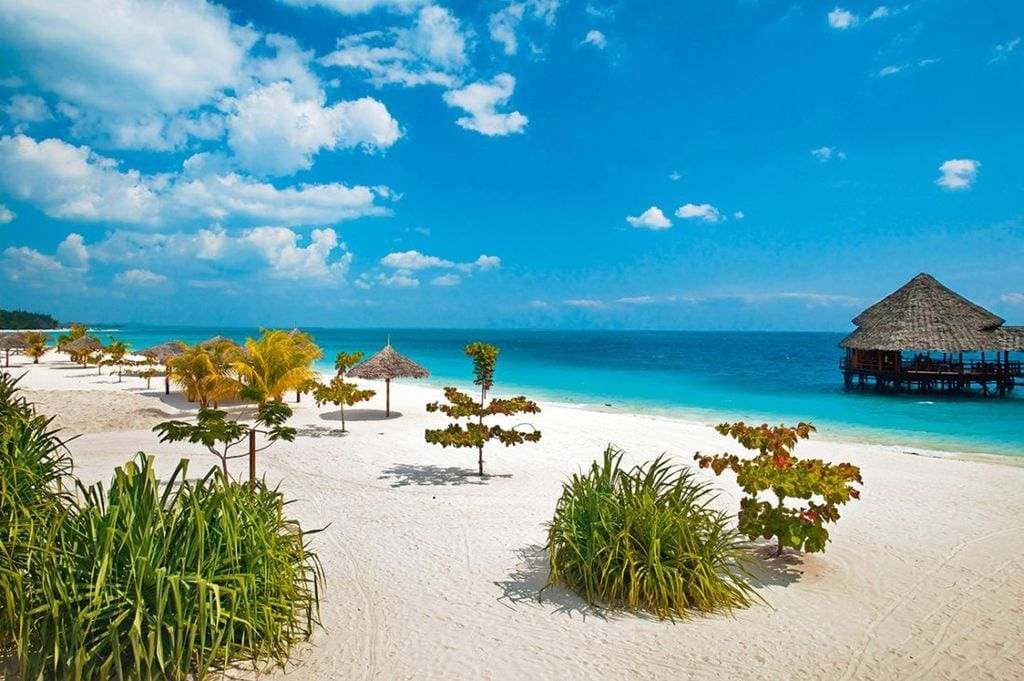

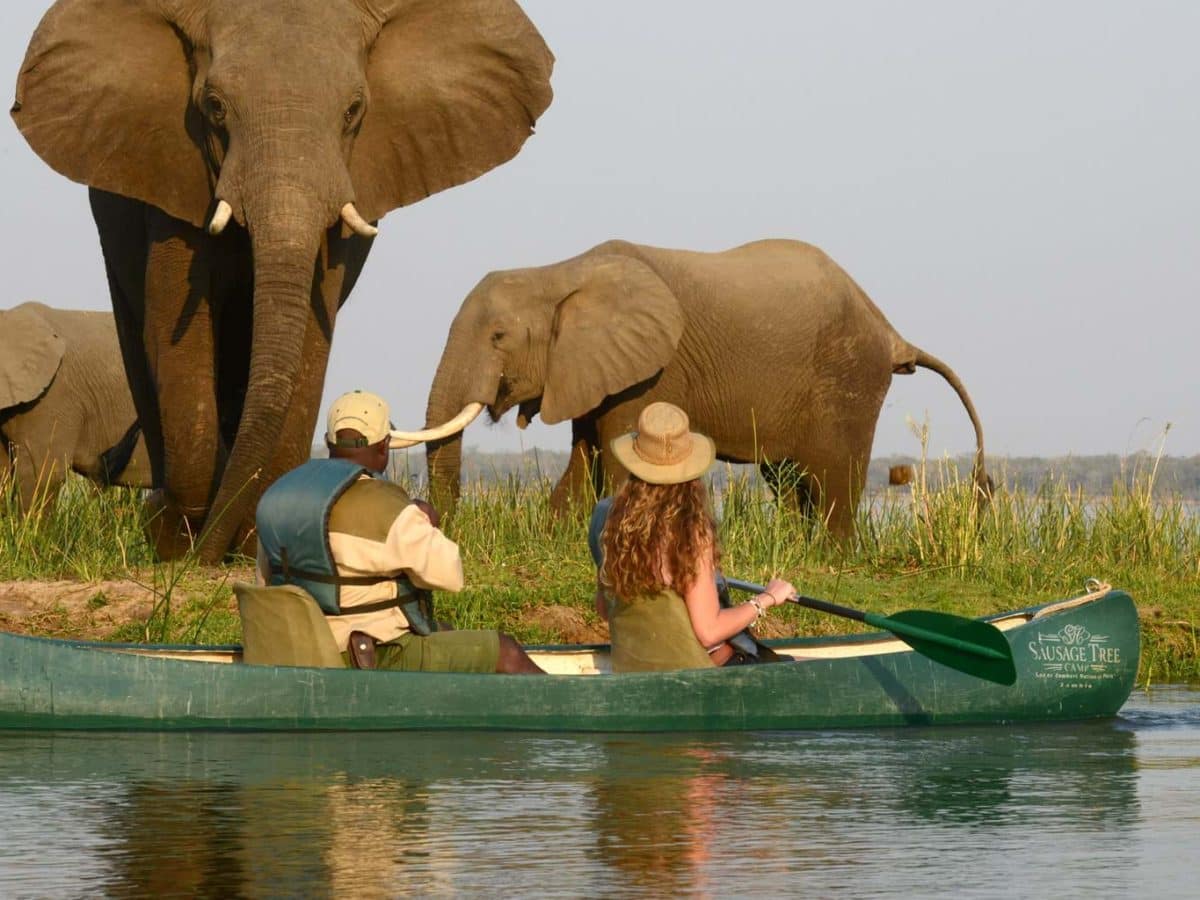
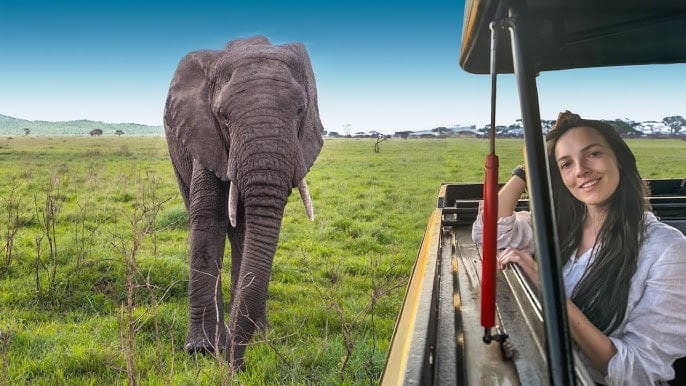
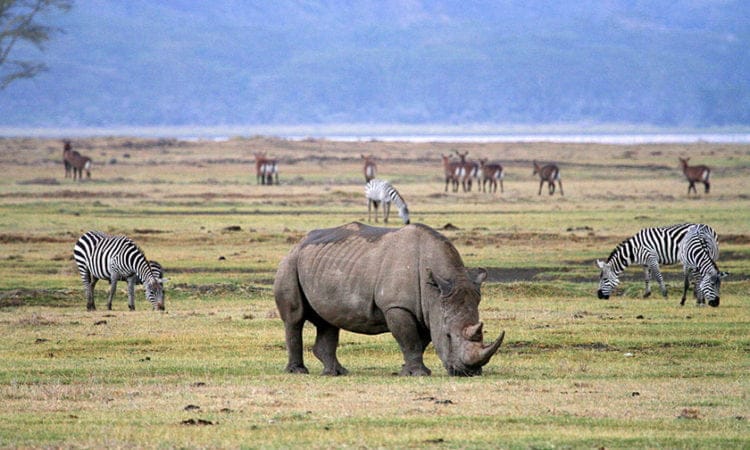
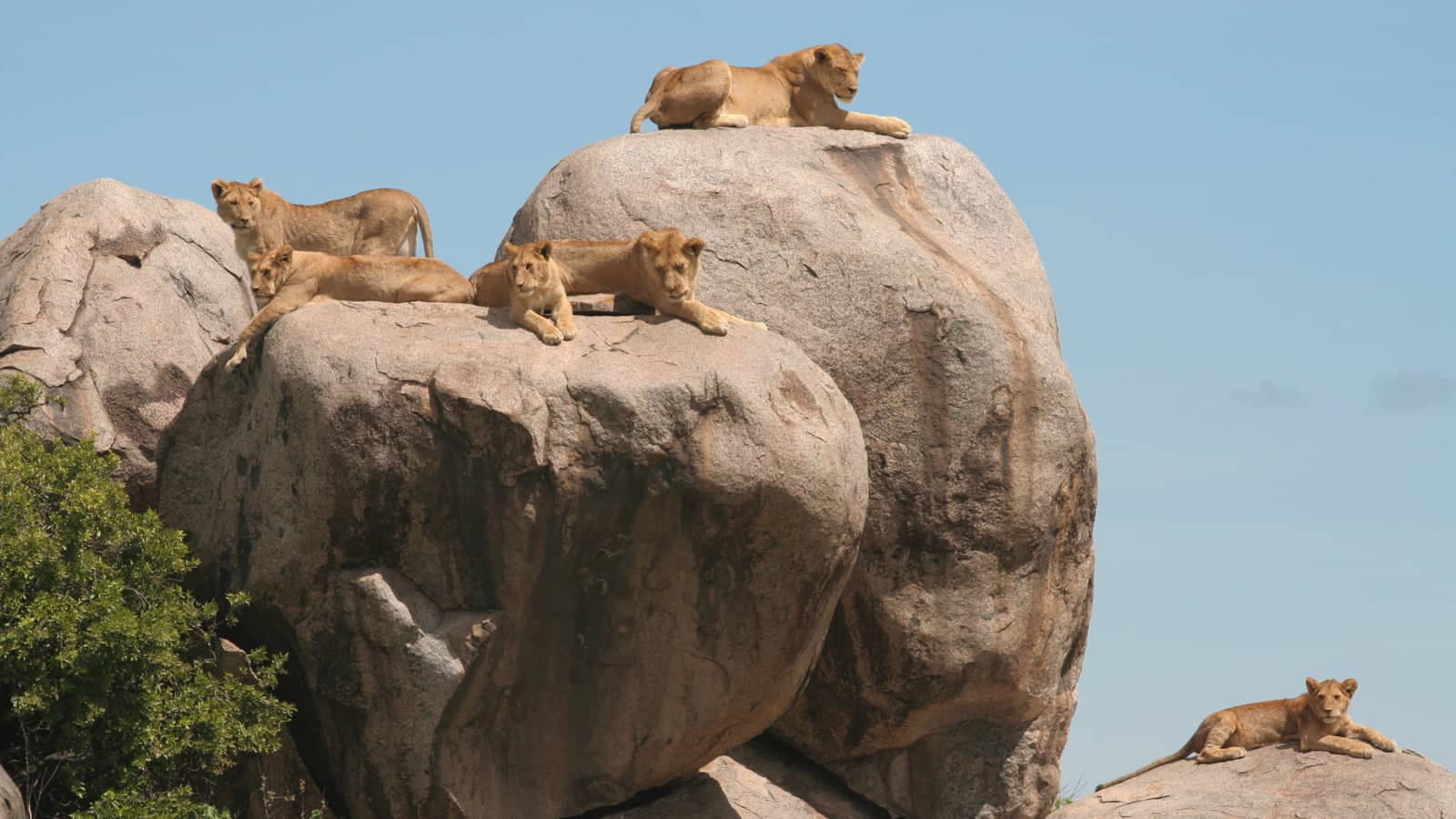

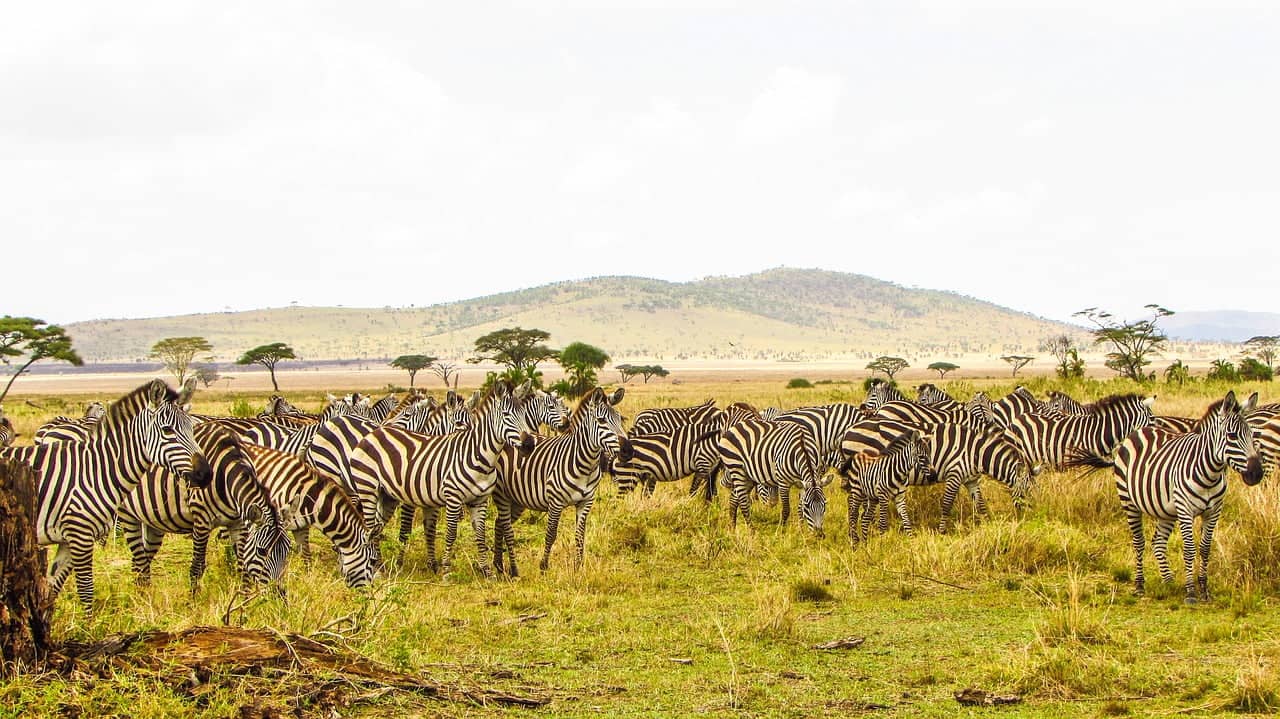





Leave a comment: